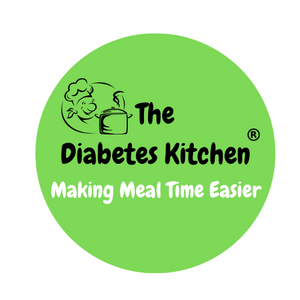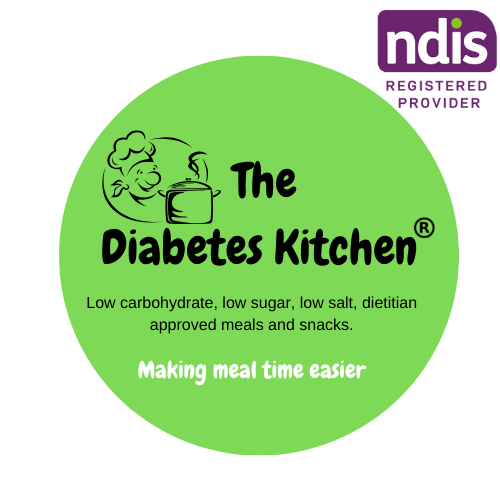Gluten is a mixture of proteins found in wheat, barley, rye, and related grains. It is responsible for the elastic texture of dough and gives bread its structure and chewiness. Gluten is composed of two main proteins: gliadin and glutenin. These proteins help trap air bubbles during the dough-rising process, resulting in the characteristic texture of baked goods.
Gluten is widely used in the food industry as it provides elasticity to dough and enhances the texture of various products, such as bread, pasta, and pastries. However, gluten can cause health issues for individuals with certain conditions, such as celiac disease, non-celiac gluten sensitivity, or wheat allergy. For these individuals, consumption of gluten can lead to digestive problems, inflammation, and other adverse reactions. As a result, gluten-free diets have become increasingly popular as a way to manage these conditions.
oods that typically contain gluten include:
-
Wheat-based products: This includes bread, pasta, couscous, flour, wheat-based cereals, and baked goods like cakes, cookies, and pastries.
-
Barley: Products containing barley, such as malt, malt vinegar, and some types of beer.
-
Rye: Foods made with rye, including rye bread and rye-based cereals.
-
Triticale: A hybrid grain derived from wheat and rye, commonly found in some breads, pastas, and cereals.
-
Some processed foods: Gluten can be present in various processed foods, such as soups, sauces, salad dressings, processed meats (e.g., sausages), and certain condiments.
It's important to note that gluten can also be found in less obvious sources, as it can be used as a filler or thickener in many food products. Therefore, it's always a good idea to read ingredient labels carefully or look for certified gluten-free products if you are following a gluten-free diet or have a gluten-related condition.





